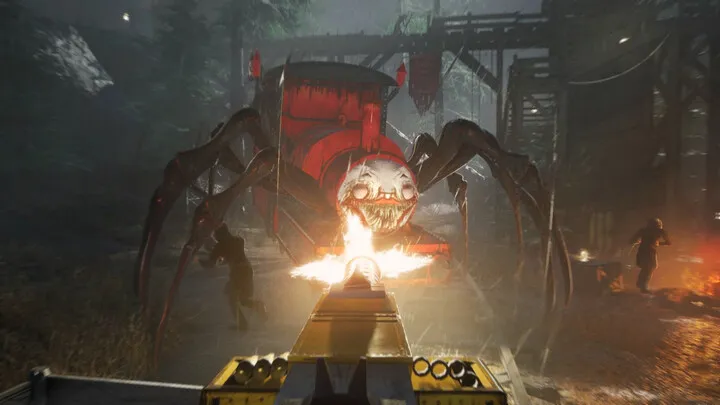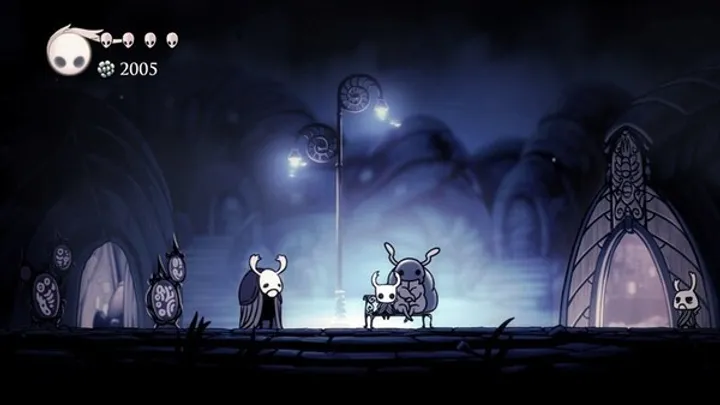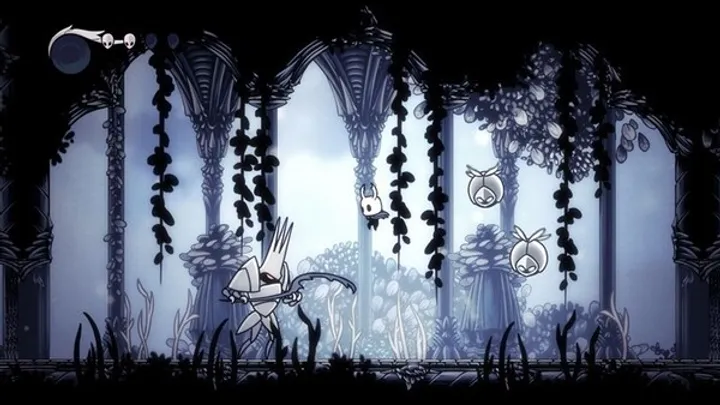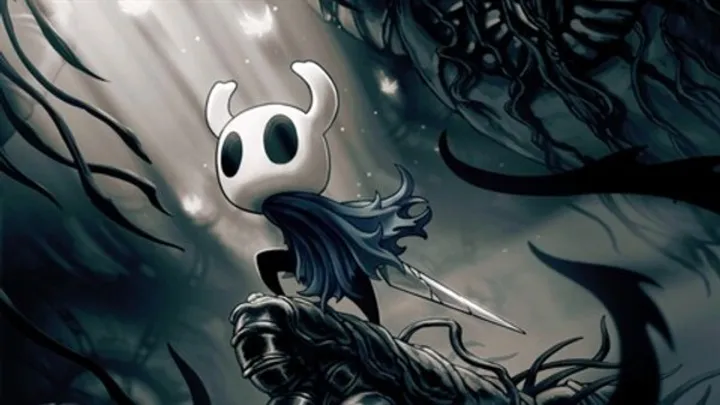Ranging from its anime roots to its modern gaming adaptations, Dragon Ball Z remains one of the most influential franchises in entertainment history. Every new DBZ game attempts to recreate the iconic moments of Goku, Vegeta, and their ever-growing roster of warriors while balancing gameplay fairness and fan expectations. Yet, beneath the explosive energy beams and flashy transformations lies a persistent issue that has plagued every installment: the impossible task of power scaling. This article dives deeply into how developers have tried—and often struggled—to balance power levels across Dragon Ball Z games without losing the essence of the original anime.
1. The Origin of Power Scaling in Dragon Ball Z
The concept of “power levels” started innocently enough. When scouters first appeared during the Saiyan Saga, they introduced a quantifiable way to measure strength. However, what was once a simple storytelling device soon spiraled into one of the series’ most contentious challenges.
Early Dragon Ball Z games like Budokai and Tenkaichi adopted this idea directly, attempting to replicate it numerically through stats and damage output. Goku’s Super Saiyan transformation, for instance, needed to feel dramatically stronger than his base form, while Krillin had to remain viable enough to be playable. This tension—between authenticity and balance—became the defining struggle of every DBZ title since.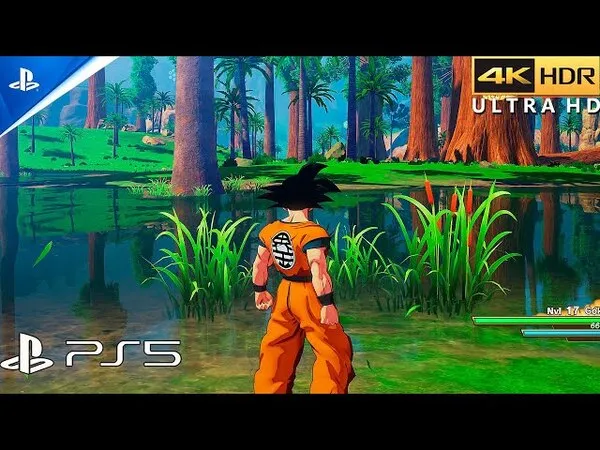
2. The Rise of the Budokai Era
The Budokai series (2002–2004) was the first to truly define what a DBZ fighting game could be. Its visual style, story cutscenes, and character voices drew fans into the nostalgia of the anime. Yet, even with this success came the problem of power disparity.
Developers had to artificially scale weaker characters upward. Characters like Yamcha or Tien could defeat Cell or Majin Buu in gameplay, which contradicted the anime’s lore but ensured balanced matches. Fans were split—some loved the fairness, while others felt it broke immersion.
The Budokai 3 system tried to mitigate this by introducing transformation management and Ki control mechanics, letting power feel earned mid-match. It became a foundational model for later games.
3. Tenkaichi and the Expansion of Chaos
When Dragon Ball Z: Budokai Tenkaichi entered the scene, it revolutionized how players engaged with DBZ battles. The 3D arena style allowed players to fly freely, dash at light speed, and fire off energy beams in cinematic fashion.
However, the more characters added, the harder balance became. Tenkaichi 3 boasted over 150 characters, from Saibamen to Super Saiyan 4 Goku. Managing so many power discrepancies was nearly impossible. Players often gravitated toward the strongest forms, creating an unspoken “meta” that sidelined most of the roster.
Even though the game’s chaotic nature was part of its charm, it revealed an enduring truth—DBZ’s devotion to power escalation inherently sabotages its own competitive balance.
4. Dragon Ball Xenoverse: Customization Meets Imbalance
The Xenoverse series (2015–2017) aimed to fix these long-standing issues by giving players control over their own destiny through a customizable Time Patroller. For the first time, balance seemed achievable through player-driven progression rather than lore-imposed hierarchy.
Yet, this freedom introduced another issue—meta optimization. Players quickly discovered broken skill combinations, like stacking “Super Saiyan” buffs with certain ki blasts to obliterate enemies in seconds. What was meant to be balanced customization turned into a numbers game.
Developers responded with patches, nerfs, and updates, but the problem persisted. The DBZ community’s obsession with power fantasy simply could not coexist with mechanical fairness.
5. Dragon Ball FighterZ and the Return to Technical Skill
Then came Dragon Ball FighterZ (2018), a project by Arc System Works that redefined how DBZ could look and play. Instead of vast arenas, it returned to traditional 2D fighting roots, emphasizing skill, precision, and teamwork through 3v3 tag mechanics.
This shift revitalized competitive DBZ gaming. Each fighter—Goku, Frieza, Cell, and even Krillin—was given viable roles. FighterZ demonstrated that power scaling could be thematically preserved while maintaining balance. For example, Super Saiyan Goku might hit harder, but Base Goku had unique mobility advantages.
Still, updates brought challenges. Every new character or transformation introduced risks of imbalance. Ultra Instinct Goku’s release, for instance, sparked widespread controversy for his invincibility frames and reactive counters.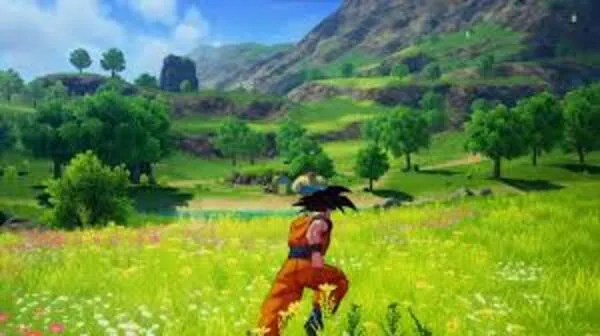
6. The Player Psychology of Power
The issue of balance isn’t just technical—it’s psychological. Dragon Ball Z fans crave dominance. They want to feel like Goku unleashing a Spirit Bomb, not a fighter trading small jabs.
Developers must walk a tightrope between empowering the player and respecting competitive integrity. If Goku doesn’t feel godlike, fans are disappointed. If he’s too strong, the game breaks. This emotional expectation makes balance a moving target.
Moreover, nostalgia fuels selective bias. Fans often demand that certain characters receive preferential treatment. Vegeta mains, for example, argue his pride should translate to higher damage or better defense, regardless of fairness.
7. Transformations: The Double-Edged Sword
Transformations are the essence of DBZ. From Super Saiyan to Ultra Instinct, each form symbolizes growth and breakthrough. But in gameplay, these transformations often wreck balance.
Developers must decide whether transformations are temporary power-ups or permanent state changes. In Budokai 3, they required energy management, while in FighterZ, they were tied to super moves. Both approaches had trade-offs.
The more powerful the transformation, the harder it became to maintain match equilibrium. Ultra Instinct, for instance, cannot logically be equal to Base Goku—yet both must remain playable.
8. Modern Expectations and Esports Challenges
In the esports scene, Dragon Ball FighterZ found a dedicated competitive community. But even here, the power debate persisted. Characters like Lab Coat 21 and Android 16 dominated early metas, forcing tournament organizers to intervene with patch balancing.
Unlike traditional fighters like Street Fighter or Tekken, DBZ games carry the baggage of narrative loyalty. Every balance patch risks alienating fans who view nerfs as disrespect to their favorite heroes.
The problem is not just technical tuning—it’s cultural reverence. Players view these characters as legends, not statistics. Adjusting them for balance can feel sacrilegious.
9. The Future: Budokai Tenkaichi 4 and the Hope for Harmony
With the long-awaited Dragon Ball: Sparking! ZERO (also known as Budokai Tenkaichi 4) on the horizon, fans are once again dreaming of ultimate DBZ combat. The challenge remains the same: can modern technology finally harmonize lore-driven strength with fair competition?
Early footage suggests developers are aware of the balance pitfalls. Power scaling may now depend more on dynamic skill systems, where even weaker fighters gain advantages through precision, timing, and adaptability. The hope is a game where everyone feels powerful—just in different ways.
If successful, this could finally end decades of imbalance, bridging the gap between fantasy and fairness.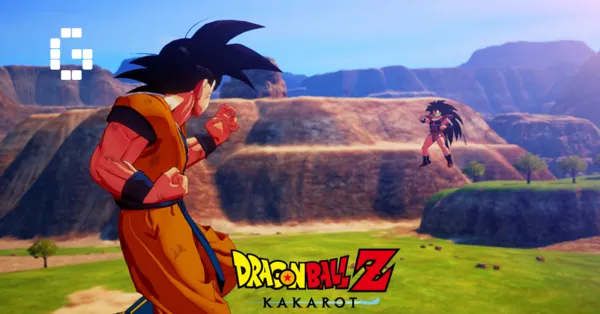
10. Conclusion: The Eternal Battle Between Lore and Logic
Balancing Dragon Ball Z has never been just a coding problem—it’s a philosophical one. The series celebrates boundless growth, limitless strength, and transformation beyond reason. Yet, video games thrive on limits, structure, and fairness.
From Budokai to FighterZ, and now Sparking! ZERO, developers continue chasing the dream of a DBZ experience that honors both the anime’s spirit and the player’s skill. Whether that balance will ever be truly achieved remains uncertain. But as long as fans still shout “Kamehameha!” into their controllers, the struggle—and the legacy—will continue.










